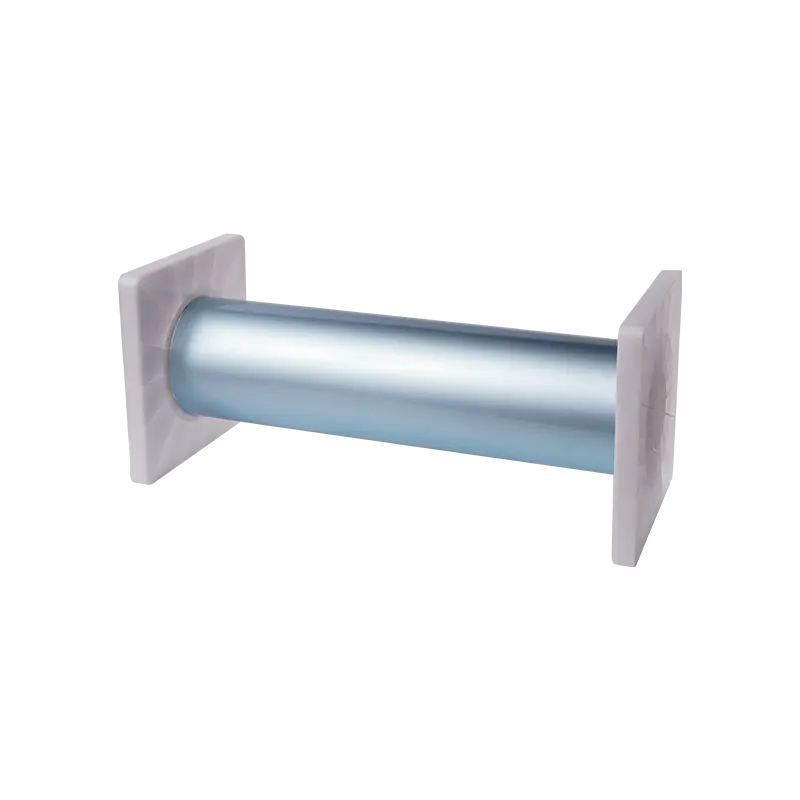
HSL foil, or Heat-Sealable Laminated foil, is a specialized material used in various industries for packaging and insulation purposes. As an HSL foil manufacturer, producing high-quality foil requires precision engineering and strict quality control measures throughout the production process.
HSL foil stands out from regular aluminum foil due to its special heat-sealable laminate layer. This unique composition offers several advantages:
The production of HSL foil involves multiple critical stages that determine the final product quality:
Modern HSL foil manufacturers employ advanced techniques to ensure product consistency and quality. Implementing these best practices can significantly improve production outcomes.
Stringent quality control is essential throughout the manufacturing process. Key parameters that need monitoring include:
| Parameter | Standard Range | Measurement Method |
|---|---|---|
| Thickness | 6-20 microns | Laser micrometer |
| Tensile strength | 80-120 MPa | Universal testing machine |
| Heat seal strength | 3-8 N/15mm | Peel test |
Sustainable manufacturing practices are becoming increasingly important in the foil production industry. HSL foil manufacturers are adopting various eco-friendly approaches:
Selecting the right HSL foil manufacturer is crucial for businesses that depend on consistent, high-quality materials. Several factors should be considered when evaluating potential suppliers.
When comparing different HSL foil suppliers, pay attention to these critical aspects:
| Factor | Importance | Evaluation Method |
|---|---|---|
| Production capacity | High | Verify with production data |
| Quality certifications | Critical | Check for ISO, FDA, etc. |
| Technical support | Medium-High | Assess response time |
Many businesses make these mistakes when selecting an HSL foil manufacturer:
The HSL foil industry continues to evolve with technological advancements. Recent innovations are transforming how HSL foil manufacturers produce and apply these materials.
Several cutting-edge technologies are being adopted in HSL foil production:
The HSL foil industry is expected to grow significantly, driven by these factors:
| Trend | Impact Level | Timeframe |
|---|---|---|
| Sustainable packaging demand | High | 2023-2025 |
| Pharmaceutical applications | Medium-High | 2024-2026 |
| E-commerce packaging needs | Medium | 2023-2027 |
Different industries require specific HSL foil characteristics. Understanding these variations helps HSL foil manufacturers provide tailored solutions.
The optimal HSL foil properties vary significantly across applications:
| Industry | Key Requirements | Typical Thickness |
|---|---|---|
| Food Packaging | High barrier, FDA compliance | 9-12 microns |
| Pharmaceutical | Sterility, puncture resistance | 15-20 microns |
| Electronics | EMI shielding, flexibility | 6-9 microns |
HSL foil manufacturers can help clients achieve cost savings through several approaches:
Meeting international quality standards is essential for HSL foil manufacturers serving global markets. Compliance ensures product safety and performance.
HSL foil products must adhere to various regulations depending on their application:
Regular testing is crucial to maintain quality standards. Common tests include:
| Test Type | Purpose | Frequency |
|---|---|---|
| Migration testing | Food safety compliance | Per production batch |
| Seal strength test | Package integrity | Hourly during production |
| Barrier properties | Oxygen/moisture resistance | Daily |